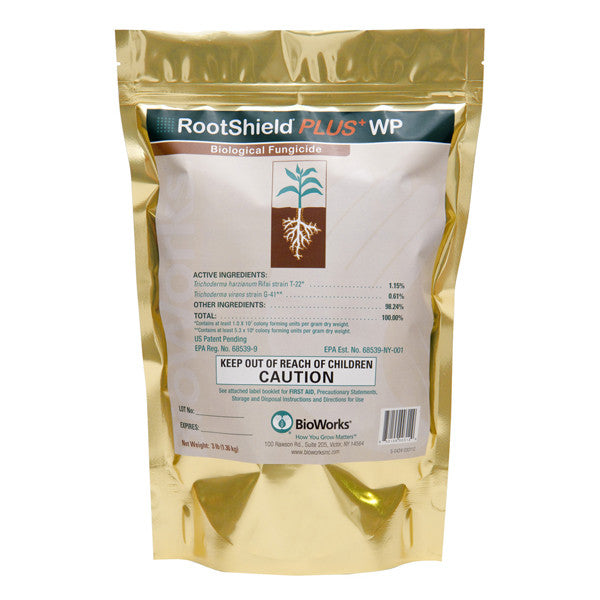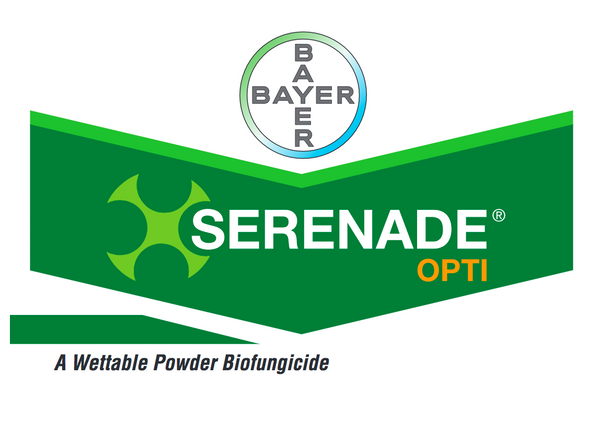Sclerotinia Control
Shop Below for Sclerotinia Control
Sclerotinia stem or crown rot, commonly known as white rot or white mold, affects many different crops including soybeans, canola, sunflowers, and various vegetables including lettuce (Head Rot), celery, carrot, cabbage, parsnip, tomato (Timber Rot), pepper, potato, eggplant, squash, melon, cucurbits, artichoke, asparagus as well as some flower crops. Specialty crops like cannabis, hemp, borage, echinacea, coriander, caraway can be affected. Alfalfa growers are also on the lookout for this fungus.
Favorable conditions for this pathogen include cool, moist conditions and during periods of high humidity. Crop losses can result from reduced photosynthetic rates, wilting, and even plant death. Plantings in September and October are more susceptible than Spring plantings.
Sclerotinia, as the name suggests, uses a storage structure called sclerotia which are small, dark, and round, resembling peppercorns. As germination begins, they will be white, cottony and can also produce mushroom-like structures called apothecia, which can release airborne spores to initiate new infections.
Sound Horticulture carries a few different biofungicides to combat this pathogen. These products include Contans WG which is a very specific organism called Coniothyrium. This is the primary control, please contact us for further information. Other products include Actinovate, Cease, Companion MAXX, Double Nickel, RootSheild, Regalia, Tenet, and Warhammer.
Visit the University of Kentucky article Sclerotinia Diseases of Vegetable Crops or the UC IPM page Sclerotinia Stem and Crown Rot for more information.












